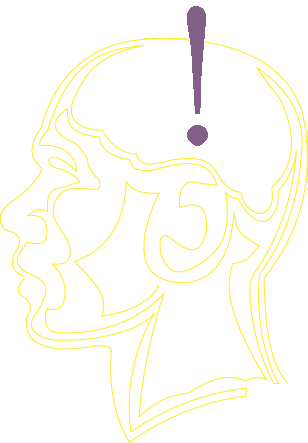

2010 2011 2012 2013 2014 2015 2016 2017 2018 2019 2020
Author(s): Cavan Gerrish
Presentation: oral
The remediation of environmentally persistent pollutants and the inactivation of potentially pathogenic microorganisms are significant areas of current research. Photocatalytic nanoparticles possess the intrinsic ability to convert electromagnetic radiation directly into chemical energy. In this paper, we intend to describe recent explorations into both the pollutant remediation and antimicrobial properties of CuO/-Bi2O3 nanocomposite materials. Coumarin fluorescence studies indicate that these materials generate reactive oxygen species (ROS), namely hydroxyl radicals, in the presence of visible light. The composite materials described here demonstrate significant activity in degrading the azo dye methyl orange in solution. The composite materials also demonstrate significant (P>0.01) antimicrobial activity against the microorganism E. coli and shows promising activity against P. aeruginosa. The exact mechanism of microbial toxicity is under exploration, but atomic absorption studies suggest that copper ion toxicity is unlikely to be a significant factor in the mechanism of E. coli inhibition.
The College of Idaho 2112 Cleveland Blvd Caldwell, ID 8360 USA 208-459-5011 800-2C-IDAHO